The Best Rio de Janeiro Neighbourhoods For Visitors: A Handy Guide
BRAZIL1 April 2024
The Best Rio De Janeiro Neighbourhoods For Visitors

Which are the best Rio de Janeiro neighbourhoods for international visitors? And which ones should I avoid?
Questions we asked ourselves before our first trip to the Cidade Maravilhosa (“Marvellous City”). And, to be honest, given Rio’s reputation for crime, it’s not unreasonable to want to be armed with a good knowledge of both the city’s hotspots and no-go areas (of which there are plenty).
Of course, determining the “best” neighbourhoods depends on what you want to do with your time when you’re there. So, in this post, we’ll cover each of the neighbourhoods in turn (starting in Centro and gradually heading southwest) to give you an idea of what you can expect.
Table of Contents
Click on the link to go straight there…
The Best Rio de Janeiro Neighbourhoods For Visitors
Click on the link to go straight there…
including…
- Galẽao Airport
- Maracaná Stadium
- Sambadrome + Samba Schools
- Feira de São Cristóvão
- Little Africa
including…

Interested in housesitting while you travel?
Deeper Dive
North Zone (Zona Norte)
Most of the North Zone – which stretches from the edge of downtown Rio to the northern extremities of the city – is pretty much off-limits for most international visitors. As the largest of the zones, it’s also where vast swathes of industry, housing blocks and favelas are crammed together. It’s certainly not a place to be wandering alone in (especially at night). And – with some notable exceptions – it holds very little of interest for the casual visitor.
As such, tourists typically don’t see this part of Rio. However, there are several reasons why you might want to venture in at some point.
For instance, chances are your flight into Rio will land at Galeão Airport (unless you’re coming in on a domestic flight).
But, for many (including us), the opportunity to see a futebol game at Rio’s iconic Maracaná Stadium is something to be cherished. Home to two of Brazil’s biggest teams – Flamengo and Fluminense – there’s a game on most weekends during the season (April till early-December). As a visitor you can buy tickets as part of a tour. Or you can simply get them from one of the club shops dotted around the city and go to the game independently (we’ve done it so many times and will be posting a How To… Guide very soon).
Inside the iconic Maracaná
Just as celebrated is the city’s association with its African roots through its samba schools, many of which (such as Mangueira and Salgueiro) are dotted around the North Zone. During the year they typically hold weekend events where visitors can watch practice sessions (for the annual Carnaval) and enjoy authentic bowls of feijoada, Brazil’s national dish of meat stew and beans.
All of which culminates in the unbelievable parades at the Sambadrome during Carnaval. Essentially a long parade ground with grandstands on either side, to witness these spectacles is something to behold. As long as you can stay awake from 9 pm through till dawn when it finally ends. Again, watch out for our forthcoming How To…Guide.
Finals night at the Sambadome
Another way to experience truly Brazilian culture is at the Feira de São Cristóvão, a centre of Northeastern food, music and dance, set inside an old football stadium. It’s open from 10 am, six days per week, but really comes into its own on Friday and Saturday when the party rolls on until 4 am. Take our advice, though, and get a taxi/Uber there and back.
And don’t miss Litte Africa in the Saudé neighbourhood, just outside Centro. It’s where escaped and freed slaves lived and is claimed to be the birthplace of samba. Especially at Pedra do Sal (“Rock of Salt”), originally a slave market and now the site of a twice-weekly open-air samba party (Monday and Friday) that runs late into the night. Expect standing-room space only, loud music and lots of caipirinha stalls.
Pedra do Sal in Little Africa
Central Zone
Centro
Rio’s Central Zone is effectively its Centro neighbourhood, where it all began when the city was founded by the Portuguese in 1565. It’s where the old (Lisbon-style colonial homes, Baroque-Renaissance churches, and classical buildings such as the Opera House and National Library) meet the new (high-rise glass office buildings).
There’s much to see during the day, either on foot or via the excellent tram network, from Boulevard Olympico (with its huge wall murals and futuristic Museu de Amanha) to Praça XV (with its ferry terminal and beautiful government buildings) and Rua Ouvidor (home to shops, bars and restaurants). Curiously, these areas become deserted during the evenings and on Sundays when office workers are absent, shops are closed and personal safety can be an issue.
Conversely, Lapa (with its historic arches, aka the “Carioca Aqueduct”) is where the evening action takes place, with wall-to-wall bars, restaurants and nightclubs.
Our highlights of Centro include watching a performance at the Opera House, gazing in awe at the interior of the Portuguese Reading Room and visiting the Museu de Amanha to see a spectacular exhibition of Amazonian photography. And, as we were house sitting across the bay in Niterói, our arrival by ferry allowed us close up views of the palace on Ilha Fiscal, scene of the very last Imperial Ball in 1889.
Oh, and we found ourselves returning with regularity to the cheap and cheerful restaurants that spill out onto the traffic-free Travessa do Comércio.
Ilha Fiscal
Santa Teresa
On the hillside overlooking Centro, Santa Teresa is an altogether more bohemian neighbourhood that can be accessed via the bonde, a historic tram service that crosses the Carioca Aqueduct and winds its way up through the cobblestoned streets.
Home to grandiose buildings, local artists and some of Rio’s trendiest bars, it’s especially worth visiting at weekends when impromptu live music crops up around Largo dos Guimarães. And, on Saturdays, the nearby flea market hosts the lively Samba dos Guimarães, which continues into the early hours of Sunday morning.
Don’t miss Parque das Ruinas, a ruined mansion that holds art exhibitions and has superb views of Rio and across the bay to Niterói. And make sure you pay a visit to the lovely Bar Armazém São Thiago (aka “Bar do Gomes”) for some old-school Rio hospitality – and great caipirinhas. It also happens to be our favourite bar in Rio.
Elsewhere, grab a table at Portella Bar for some live music and say “hello” to one of the colourful Namoradeiras that peer out from the windows.
Boutique accommodation is available in the neighbourhood, too. Although away from the dynamic Largo dos Guimarães, you’d be wise to take a taxi or Uber to get around at night.
Deeper Dive
A Namoradeira peers out from a window in Portella Bar
South Zone (Zona Sul)
When referring to Rio’s south zone, most people mean the world famous beach neighbourhoods of Copacabana, Ipanema and Leblon.
But there are some further neighbourhoods centred around Guanabara Bay that are also worth visiting. Indeed, some of the grand buildings facing the bay hark back to the late 19th and early 20th Century when Glória, Catete and Flamengo were fashionable residential areas. That was until the 1920s with the opening of a tunnel connecting Centro with the obvious attractions of Copacabana.
Nowadays, the neighbourhoods between Centro and Barra de Tijuca, at the southern end of Zona Sul, are connected by the underground metro, making them easily accessible.
Glória
Positioned directly between Guanabara Bay, Santos Dumont Airport and Santa Teresa perched behind, Glória has seen some gentrification in recent years. But it comes into its own on Sundays when the busy highway that runs through it becomes a traffic-free zone bringing joggers, hikers and families with prams out in force.
As we were self-catering, we made several visits to the fabulous Feira de Glória – a weekly open-air food market that takes place beside Praça Paris every Sunday between 7 am and 4 pm. And breakfast tapiocas, pastels and the odd choppe beer made the visit even more worthwhile.
Meanwhile, Glória Marina marks the beginning of a lovely boardwalk that continues along the water’s edge to Urca and Sugar Loaf Mountain. From there we even enjoyed watching the aeroplanes circle Sugar Loaf before descending into Santos Dumont in front of us.
Catete & Flamengo
The boardwalk continues alongside the beach in Flamengo, supposedly named after the Flemish prisoners of war who were incarcerated there during the 18th century. But this neighbourhood’s centrepiece is Parque do Flamengo, a large green space reclaimed from Guanabara Bay that extends into Glória and is more commonly known as just Aterro (or “Landfill”).
Used as an outdoor sports centre featuring football, volleyball, tennis and basketball courts, it’s also where Rio’s marathon races start and end. But there are some notable buildings to explore, too. Such as the Museu de Republica (previously known as Catate Palace), where former presidents once lived. And, at the southern end of the park, the Carmen Miranda Museum, dedicated to the famed Brazilian actress and singer who lived in Rio.
Our best experience in the park was to attend the Sargento Pimenta (“Sergeant Pepper”) Bloco during Carnaval. Blocos are effectively street parties (some organised, others just impromptu gatherings) that spring up all over Rio during the Carnaval celebrations. This was an organised event featuring a live band playing Beatles covers to a samba rhythm section. Which, for Ian (having grown up near Liverpool, home of the Fab Four), was quite something.
Botafogo
Further along the bay, the boardwalk finally arrives at Botafogo, which (like Glória) has undergone something of a transformation in recent years. Indeed, its position at the crossroads between Guanabara Bay and the Atlantic-facing beaches of Copacabana, Ipanema et al, makes it a decent choice to stay.
It also happens to sit on a small bay from which Sugar Loaf Mountain soars above the yachts and fishing boats. But don’t be fooled by the crescent-shaped beach – the water around it is polluted and it’s not a place for sunbathing.
Away from the beach, there’s a thriving shopping, restaurant and bar scene. And the Museu do Indio is a museum housed in a 19th century building dedicated to Brazil’s indigineous groups.
And, as you wander around the streets, you’ll no doubt see plenty of locals sporting black-and-white football shirts. They’ll be supporters of Botafogo FC, another of Rio’s famous teams.
Urca
Urca sits on the small peninsula that stretches away from Botafogo and into the bay. Its main feature is the iconic Sugar Loaf Mountain, which probably needs no introduction. But it also boasts a pleasant walk along Avenida Portugal to the São Jão Fort, which becomes a magnet for sunset-watching locals and tourists alike who congregate along the wall as the late-afternoon light begins to fade.
On the opposite side of the peninsula, Praia Vermelha (“Red Beach”) is a lovely cove with an alternative view of Sugar Loaf.
But, of course, everyone comes here to take the twin cable cars to the summit of Pão de Açúcar. It’s a thrilling ride and the views from the top are everything you’ve probably heard or read about. Especially if you go up just before sunset and stay until dark. The transformation during that time of the Rio skyline is simply mesmerising.
View from the cable car station at the summit of Sugar Loaf
Leme
Crossing over on the main highway from Bogota and the Urca peninsula to the Atlantic coast, the crescent-shaped Copacabana beach takes centre stage. But, to the left, Leme and its small beach sit snugly beneath Pedra do Leme, a rocky outcrop and another favoured spot for sunset-lovers.
The beach here is less crowded than Copacabana, too.
Copacabana
For many, Copacabana IS Rio. Four kilometres of white sand beach, surfing waves, perfectly sculptured bodies and endless stalls selling food, beer and caipirinhas, Brazil’s ubiquitous cocktail. Meanwhile, those who aren’t sunbathing, swimming or merely posing are either playing beach football or futevolei (a combination of football and volleyball).
Running its length, Avenida Atlântica is a busy road, complete with bicycle lanes and a famously landscaped mosaic promenade.
The wall-to-wall hotels and apartment complexes facing the beach are dwarfed by the opulence of the Copacabana Palace, a luxury hotel that counts royalty and Hollywood elites among its regular customers. And, behind the beachfront area, a dense jungle of bars, restaurants, shops and apartments compete for attention.
And yet, at the southern end of the beach, Fisherman’s Corner serves as a reminder of when this neighbourhood was nothing more than just a fishing village, with nets and boats resting on the sand rather than volleyball nets.
However, if you want to stay where the action is, Copacabana would be your choice. A word of warning, though – the beach area can be unsafe to wander around at night (although we haven’t experienced that ourselves).
Ipanema
Sandwiched on a thin strip of land between the ocean and Lagoa Rodrigo de Freitas, and just a short walk from Copacabana, south-facing Ipanema is arguably its neighbour’s upmarket cousin. The same beach environment exists, including a rocky sunset spot (Pedra do Arpoador) at the top end of the beach. But what sets it apart for us are the spectacular twin peaks of Dois Irmãos (“Two Brothers”) which loom over the eastern end.
Away from the beach, fans of higher-end shopping and eating are well catered for. And on Sundays, a hippy market in General Osorio Park draws crowds. Meanwhile, the main drag next to the beach is closed to traffic bringing walkers, cyclists, joggers and skateboarders out in their hundreds. And capoeira (a uniquely Brazilian mixture of martial arts and dance) performances break out, too.
On the downside, the wall-to-wall apartment blocks facing the beach are pretty soulless. But it’s safer at night than Copacabana. And we think this is the neighbourhood we’ll look to stay in next time around.
Leblon
Ipanema’s beach effectively comes to an end when the drainage canal leading from the lake cuts through it en route to the ocean. Leblon begins on the other side of the canal and sits very much in the shadow of the Two Brothers.
This is now one of Rio’s (if not Brazil’s) wealthiest and trendiest neighbourhoods. Even more so than Ipanema. Which also means it’s one of the most expensive, too.
As you might expect, it has a vibrant nightlife, but caters towards the well-heeled. Our go-to bar/restaurant is undoubtedly Academia de Cachaça, where there’s a huge range of Brazil’s national tipple, along with a sublime caipirinha de maracujá – a cocktail made with cachaça (a kind of Brazilian rum) and freshly pulped passion fruit.
Gávea
Just as upmarket, Gávea is sandwiched inland between Leblon and South America’s largest favela, Rocinha.
It’s where the Jockey Club racecourse holds regular meetings and the Shopping Gávea mall entices fashion-conscious crowds.
And, for art and history buffs, The Instituto Moreira Salles features a pictorial history of Rio with over 80,000 photographs.
Jardim Botânico
Adjacent to Gávea, Jardim Botânico is another upmarket residential neighbourhood dominated by a couple of major tourist attractions.
Firstly its namesake, the Botanic Gardens, with sculptures, fountains, lakes and 6500 variations of plants and trees set within its 350 acres. And, next door, Parque Lage is a public park and nature reserve that also serves as the starting point for the trail to the top of Corcovado Mountain (and the Christ the Redeemer statue).
Naked sculptures playing around with an imaginary ball
Lagoa
Lagoa incorporates both Lagoa Rodrigo de Freitas and the road surrounding it. Locals (“Cariocas”) mostly come here to walk, cycle or run around the 8.5 km trail that circles the lake. And, in the evenings, to eat, drink and socialise at one or more of the many kiosks and food stalls.
A good neighbourhood to stay for hotels and apartments overlooking a lake, with some of Rio’s most iconic attractions on your doorstep.
A view of Lagoa Rodrigo de Freitas from Christ the Redeemer (and Ipanema in the background)
São Conrado
Heading further away from Centro, beyond the favelas of Rocinha and Vidigal, São Conrado is another upmarket neighbourhood with a spectacuar backdrop. It ticks all the usual Rio boxes – white sand beach, restaurants, bars, shopping mall etc. But it’s the natural setting that makes it so attactive.
Dominating everything is the monolitic slab of granite known as Pedra de Gávea. At 840 metres (2500 feet) it’s one of the highest ocean-facing mountains in the world and has probably THE most coveted hiking trail in Rio. And behind it, Pedra Bonita is a much easier 45 minute hike with sensational views from the top.
Pedra Bonita is also the home of paragliding in Rio, the flights ending on Pepino Beach in São Conrado.
Although São Conrado’s location is some distance from Centro, the metro line does make connecting with it (and all of the south zone’s other neighbourhoods feature here) pretty straightforward.
Deeper Dive
West Zone (Zona Oeste)
Barra de Tijuca
Finally, Barra de Tijuca (known locally as just Barra) feels like a long way from Centro in many ways. It’s an area that’s still developing but reached prominence for an international audience after the Rio Olympics of 2016 were largely held there.
The luxury high-rise condos, shopping malls, international restaurants, high-end nightclubs, busy highway and 17km of beach make it feel more like Miami than Rio. And, due to the extension of the metro line, it’s now much more accessible from Centro.
But, as with so many neighbourhoods in Rio, the wealth and luxury of this beach neighbourhood contrasts markedly with the poverty and extreme conditions of the favelas up the hillside and elsewhere in the West Zone. Including the notorious Cidade de Deus, which featured in the acclaimed Brazilian film, City Of God.
Deeper Dive
Final thoughts on the best Rio de Janeiro neighbourhoods
As you may have drawn from this post, the best neighbourhoods in Rio for visitors tend to hug the coastline between Centro and Barra de Tijuca.
Choosing which one to stay in will obviously depend on your priorities. But the good news is that they are all connected by Rio’s recently extended Metro. So, wherever you choose to stay (apart from Barra de Tijuca) you’re still within striking distance of all the other neighbourhoods featured here.
Little Africa
Maracana Stadium
Centro
Santa Teresa
Glória
Catete
Flamengo
Botafogo
Leme
Copacabana
Ipanema
Leblon
Gávea
Jardim Botânico
Lagoa
São Conrado
Barra de Tijuca
Tijuca National Park
PIN IT, SHARE IT
THANKS FOR READING
Hi, we're Ian and Nicky, an English couple on a voyage of discovery around the world, and this blog is designed to reflect what we see, think and do. Actually, we'd like to think it also provides information, entertainment and inspiration for other “mature” travellers, too. So please feel free to pour yourself a glass of something suitably chilled and take a look around.

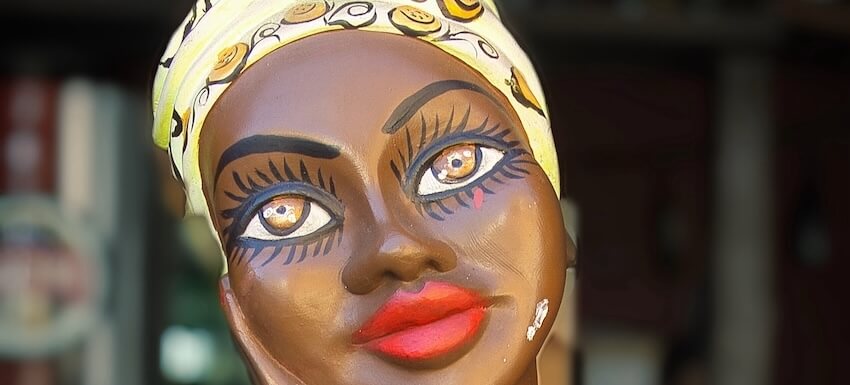
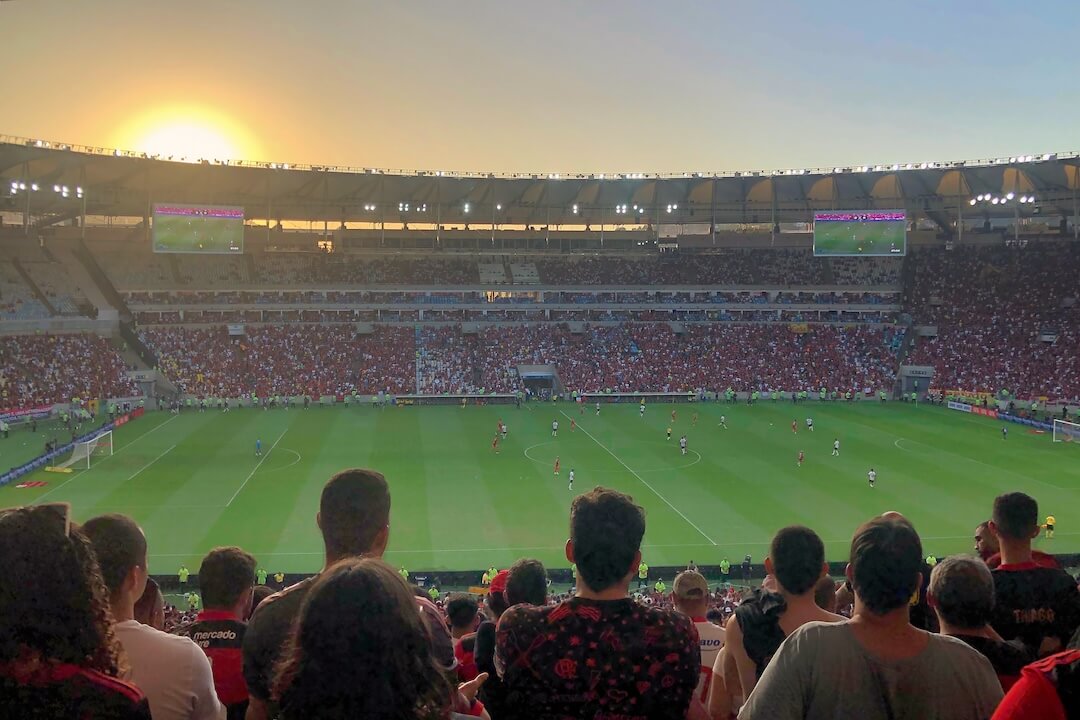
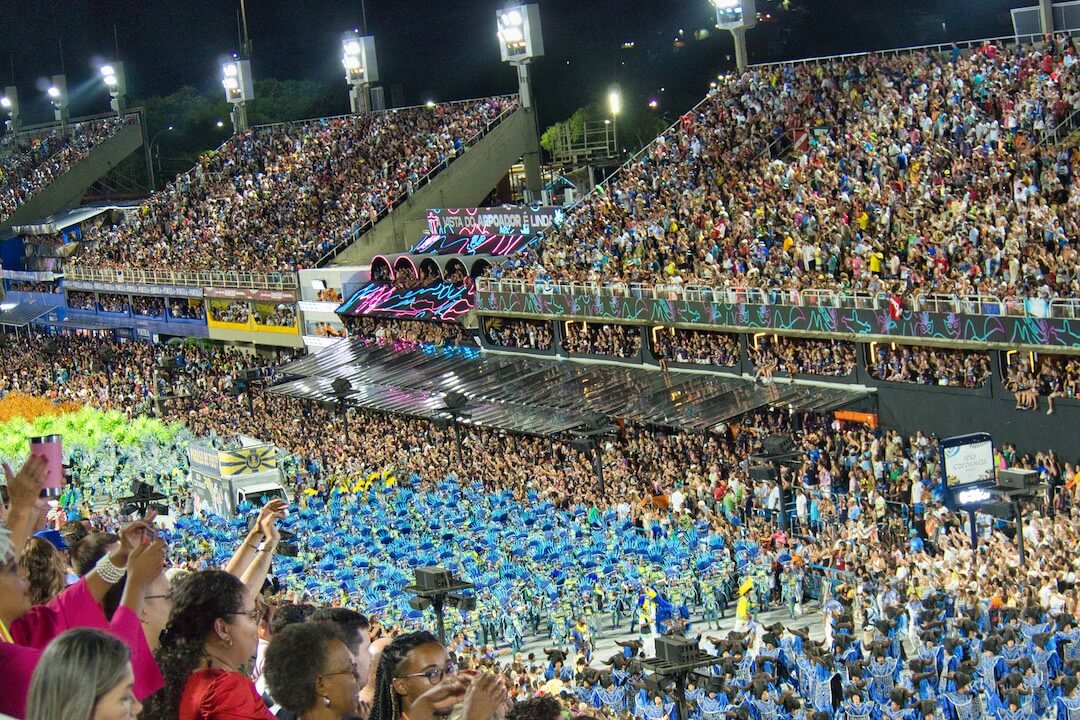
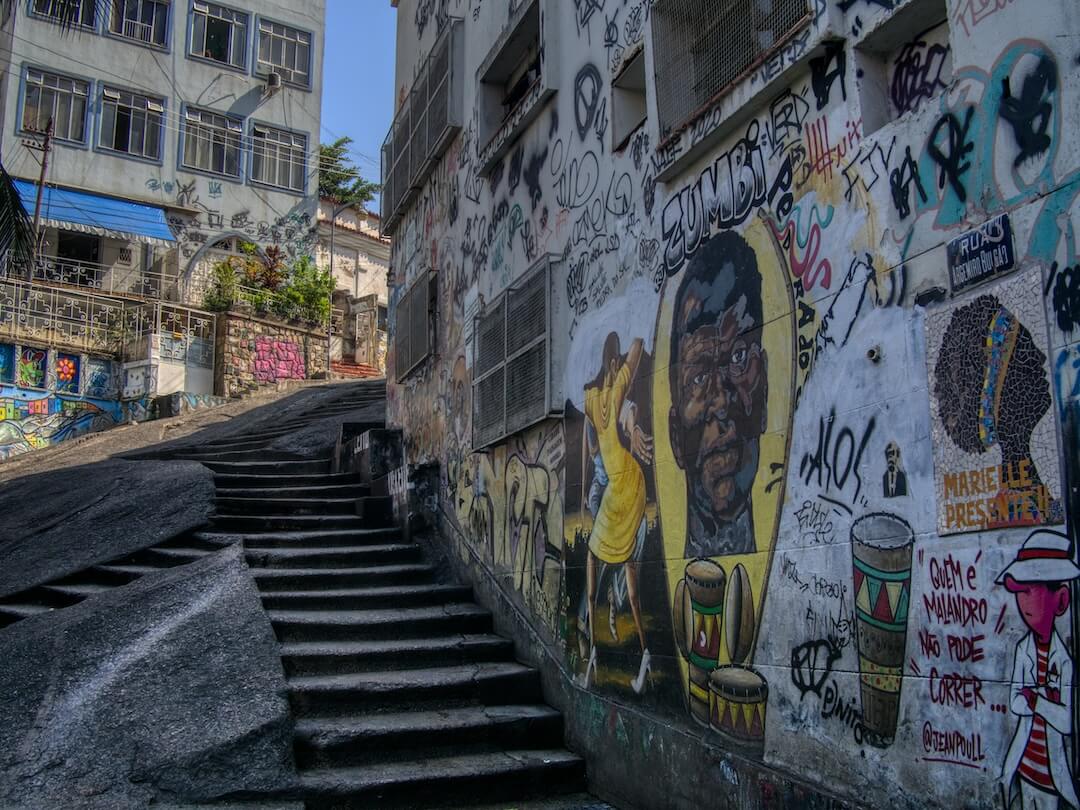
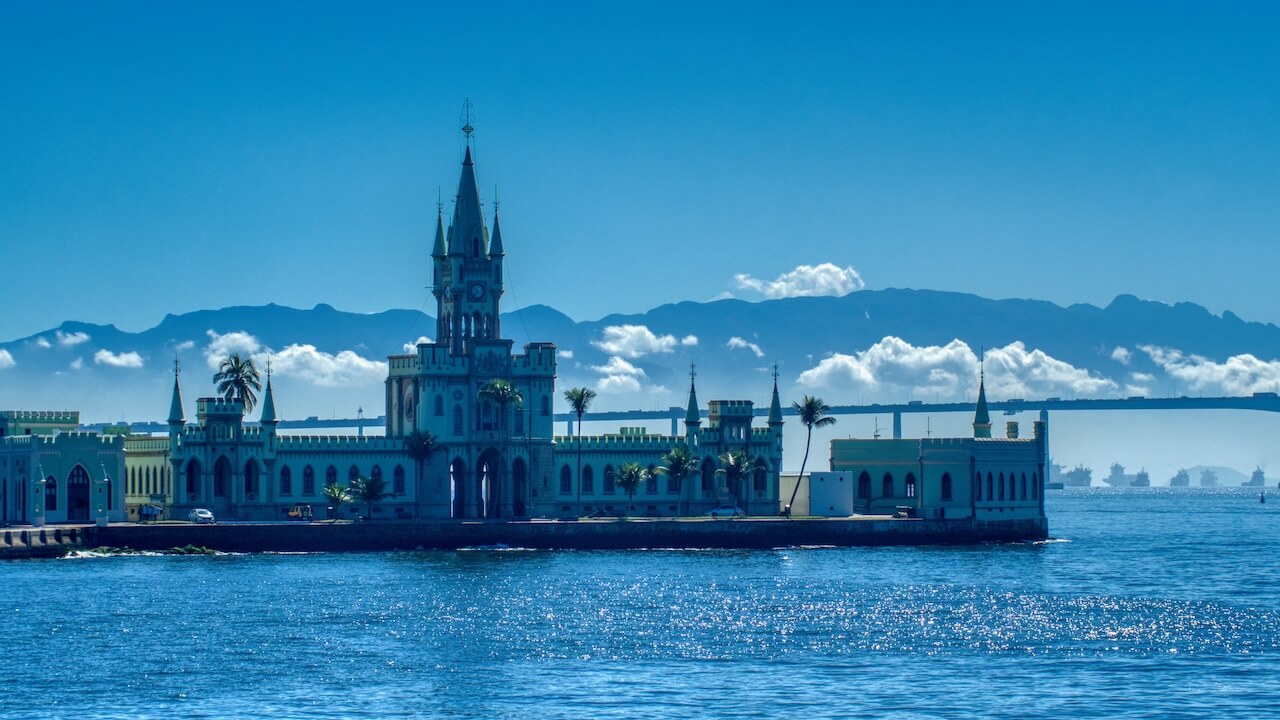
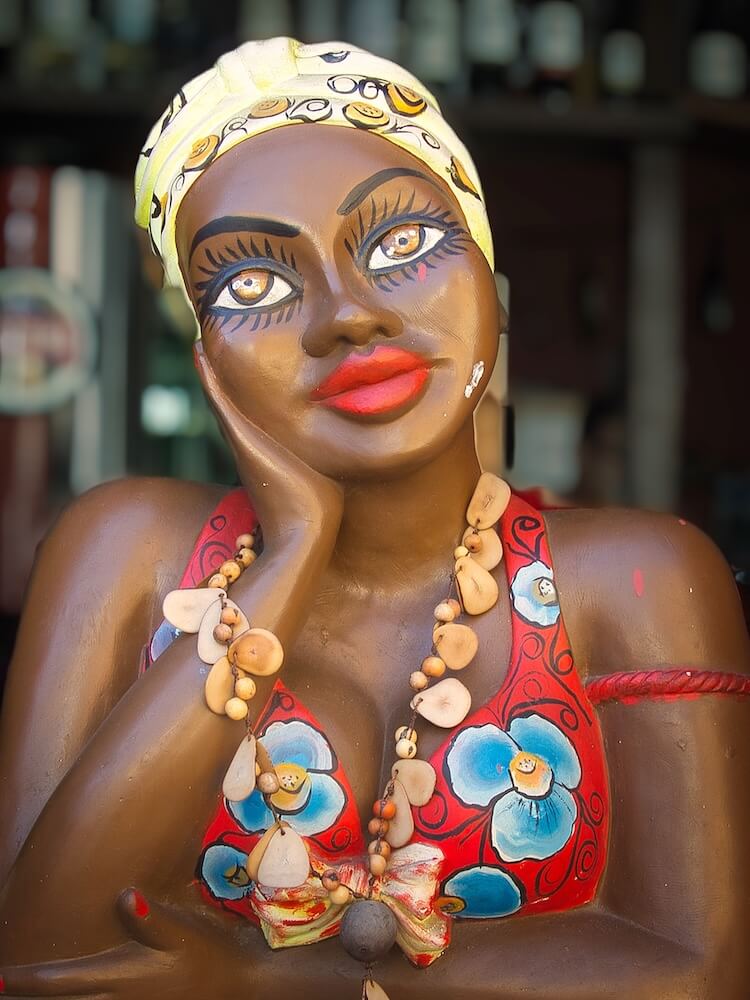
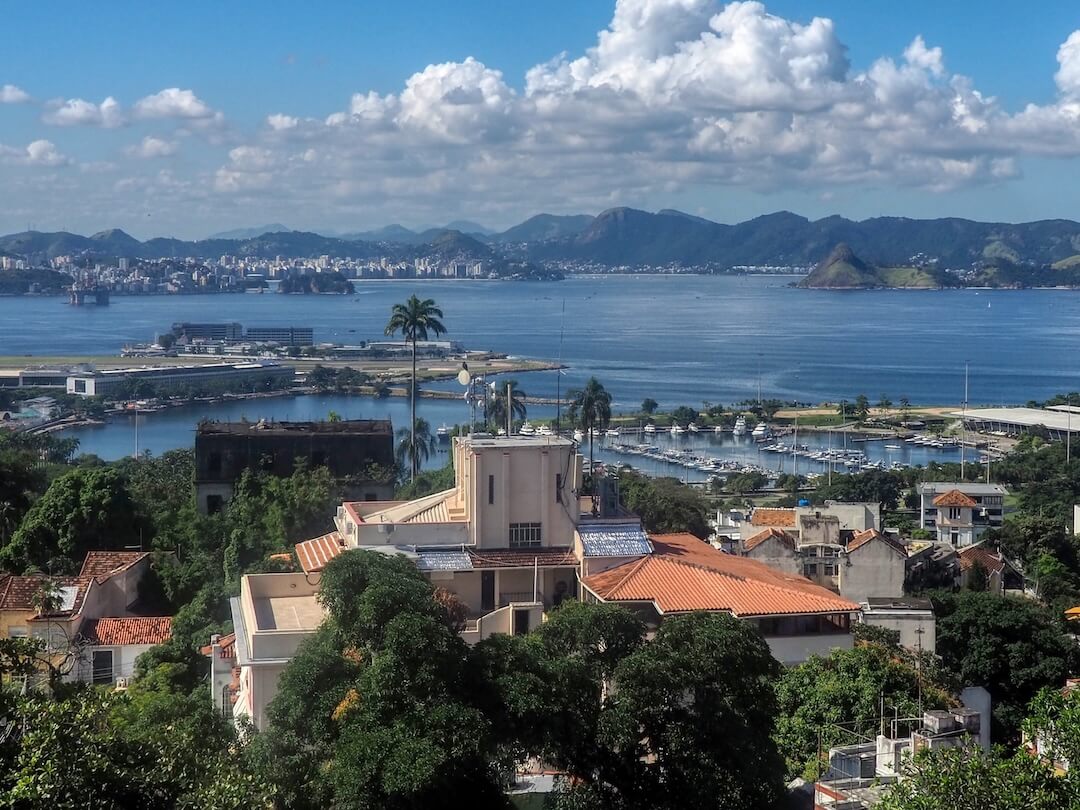
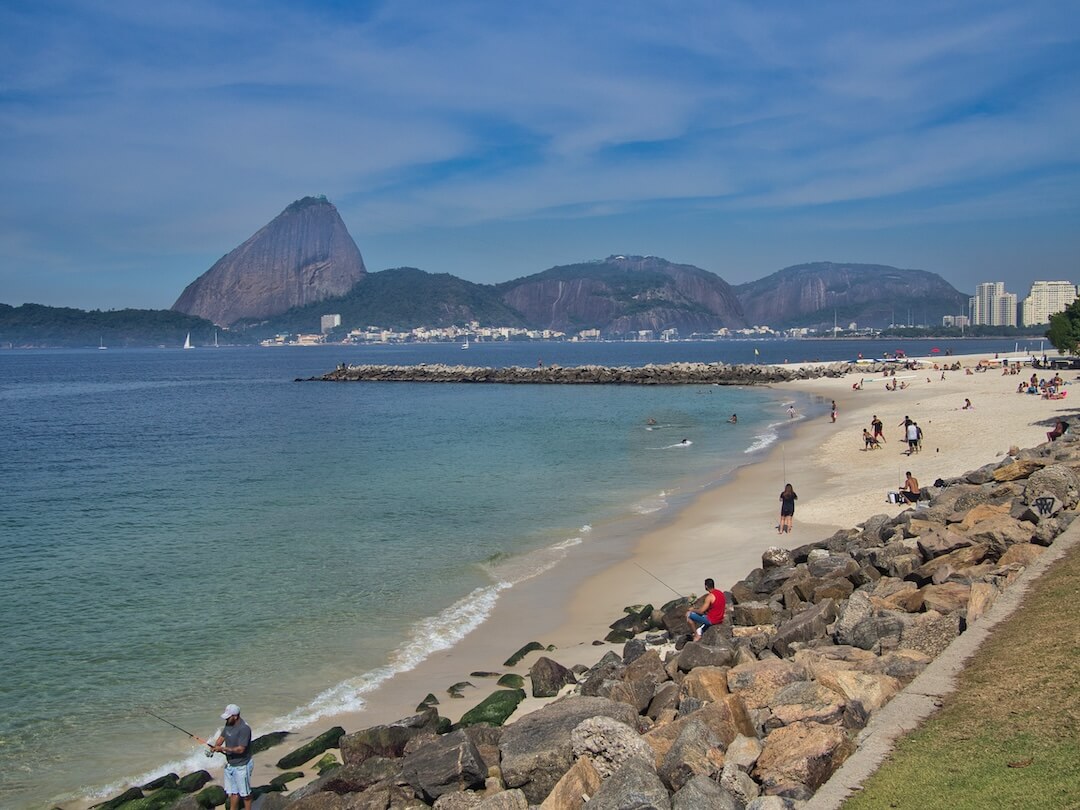
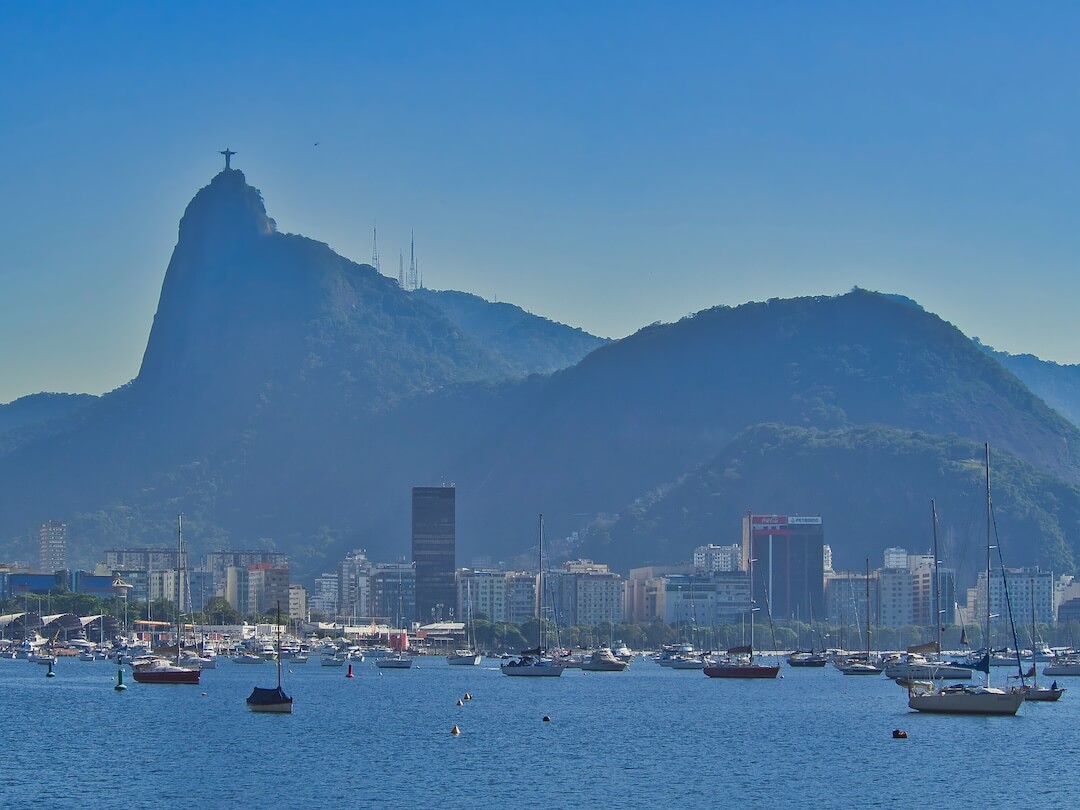
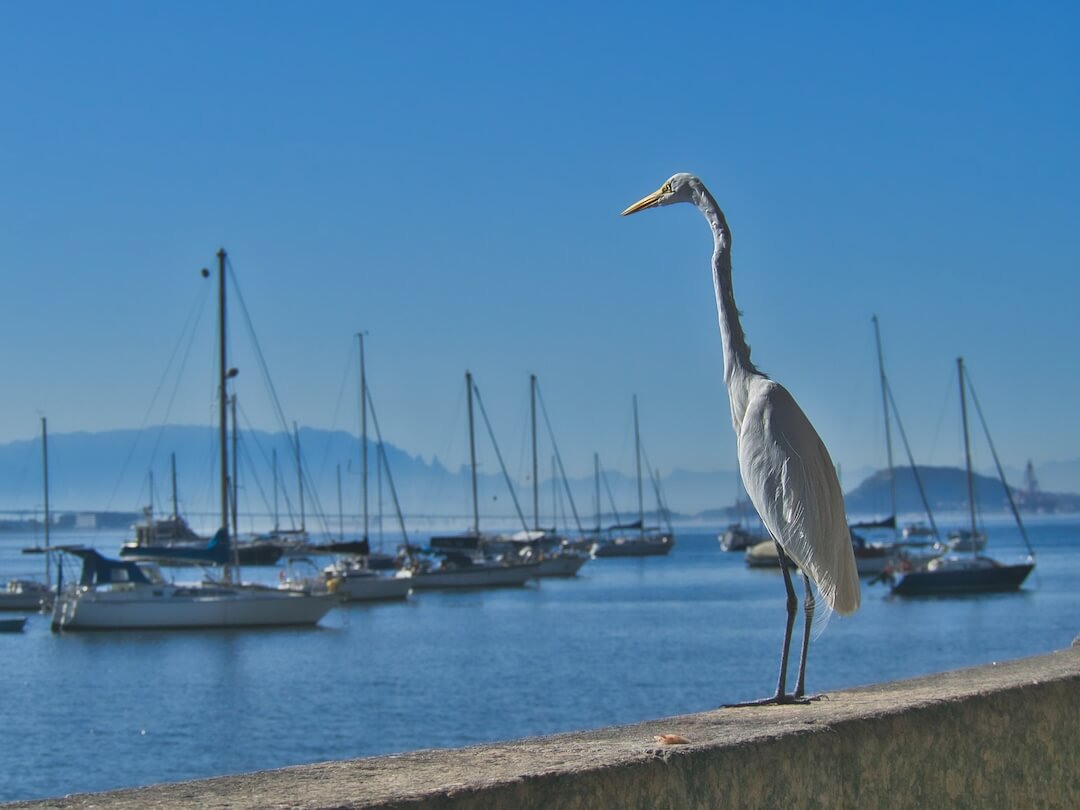


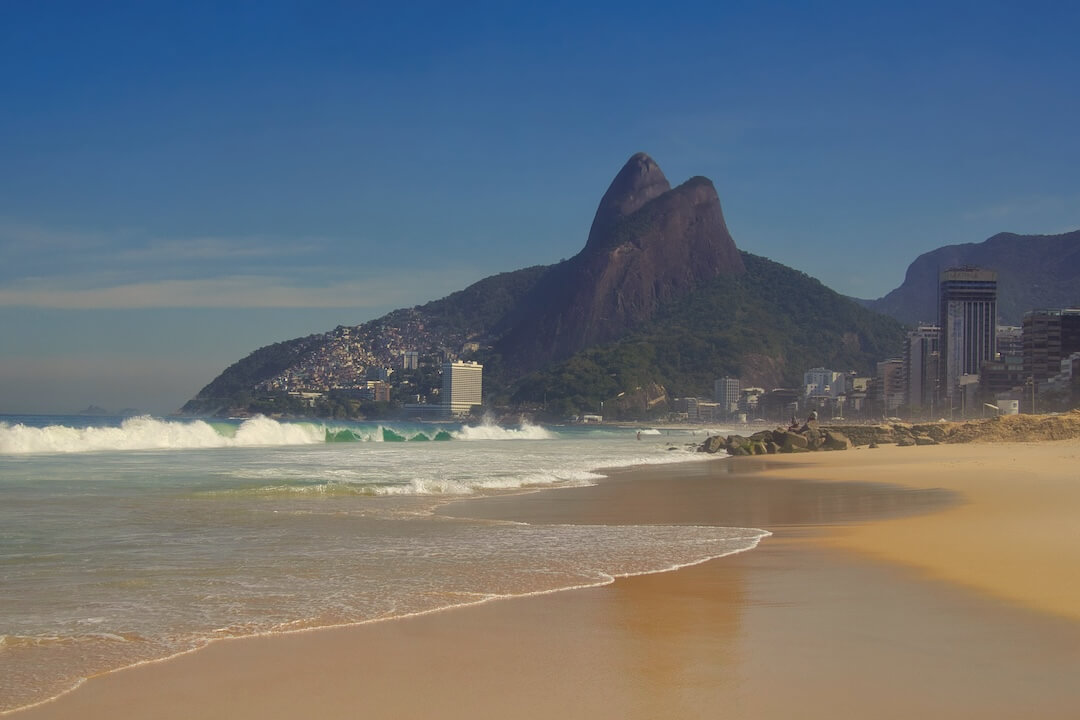

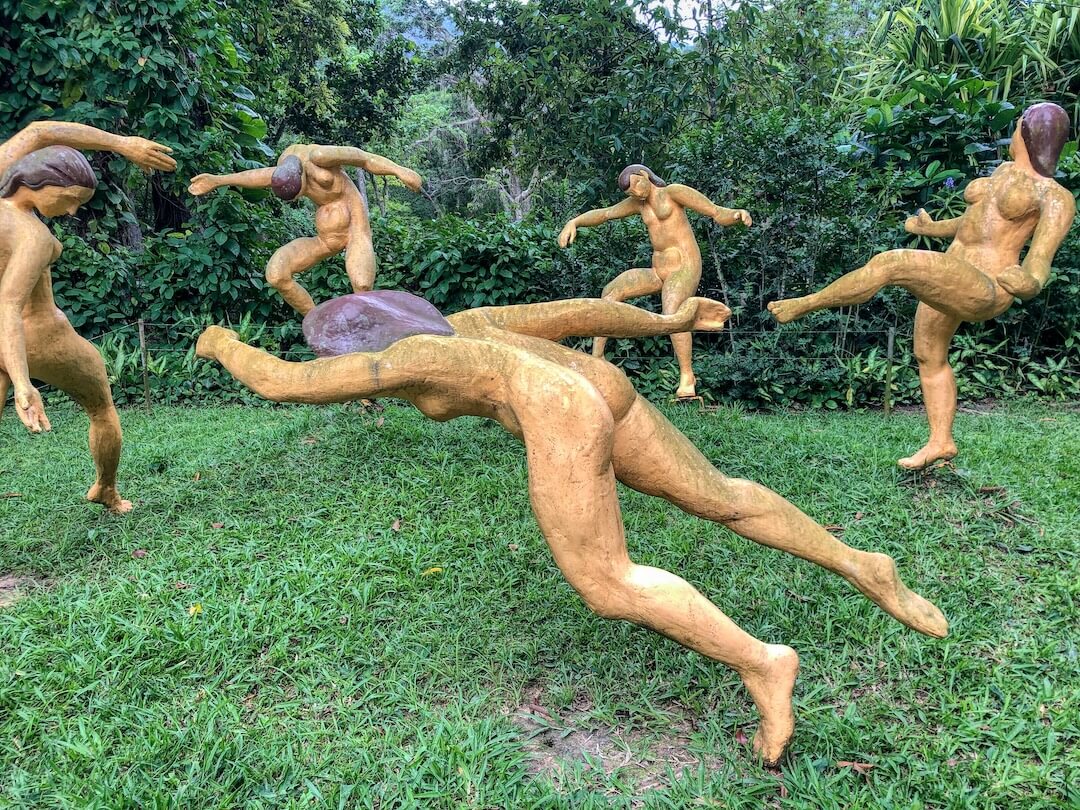

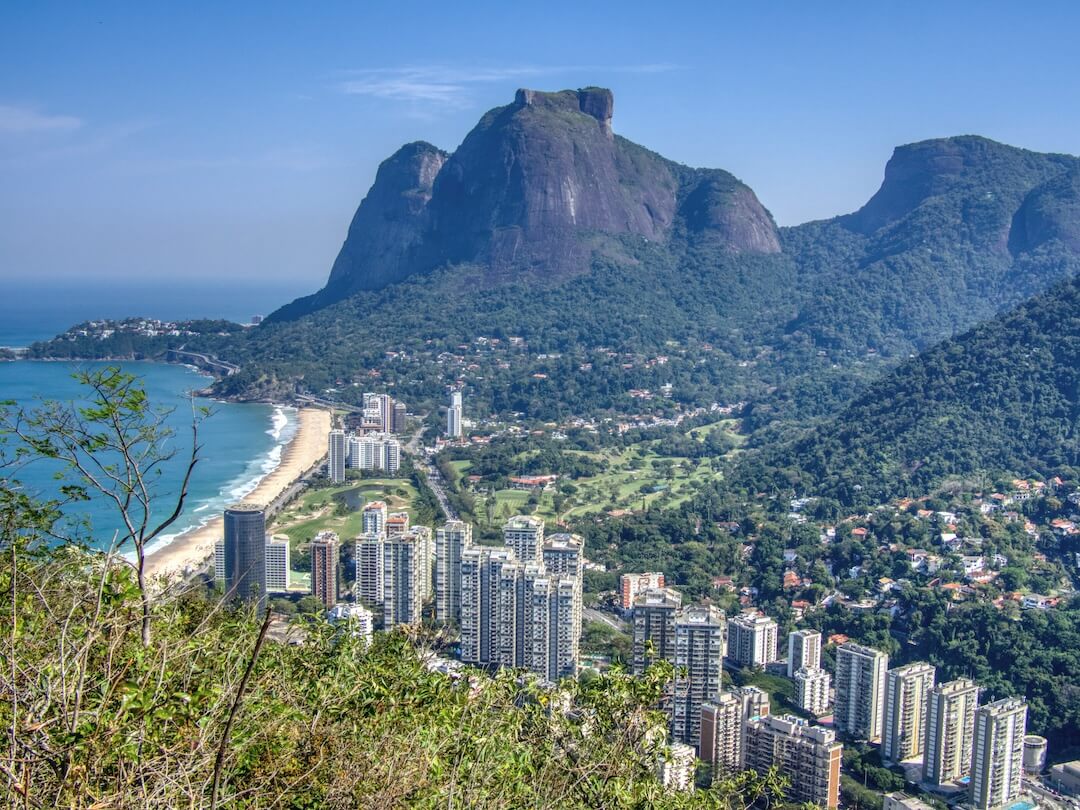
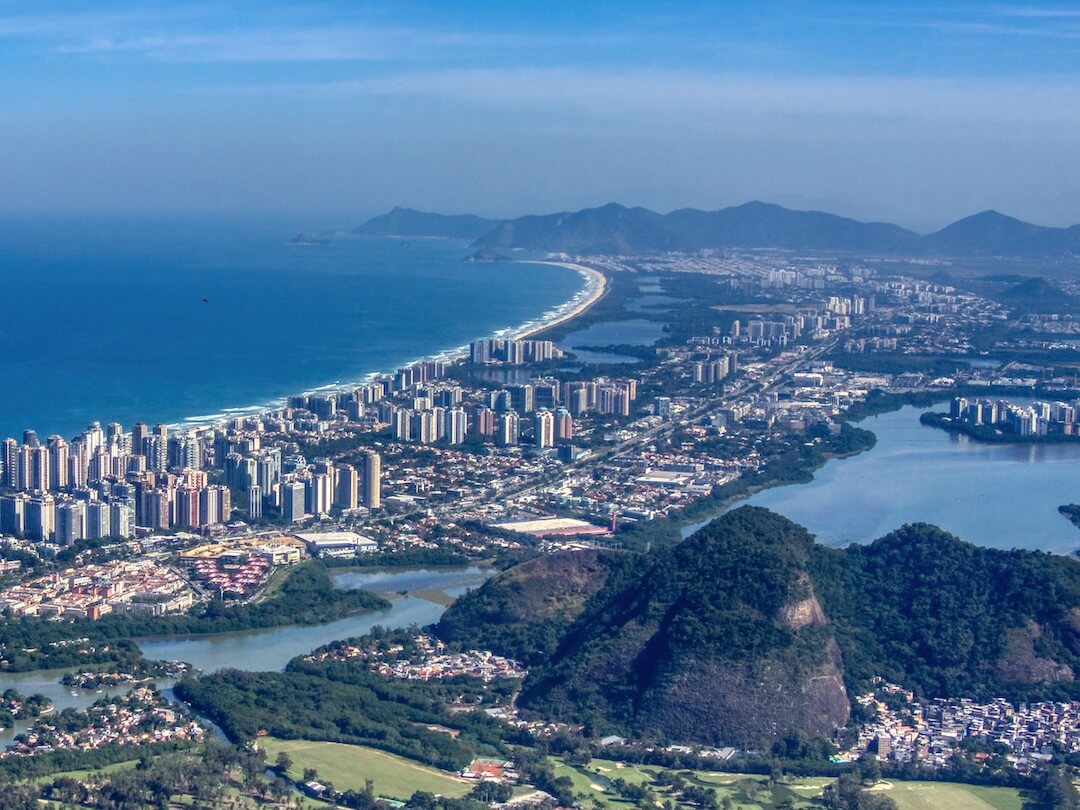


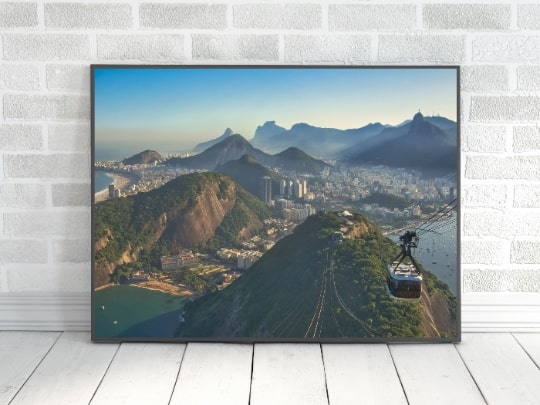

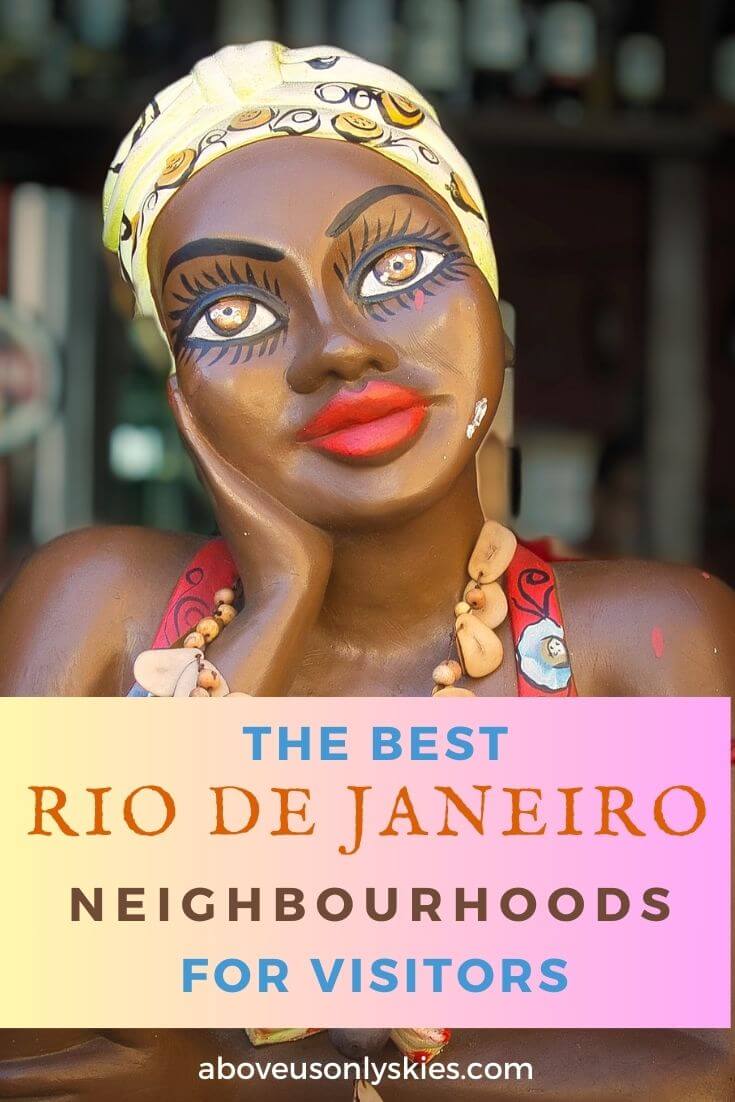


0 Comments